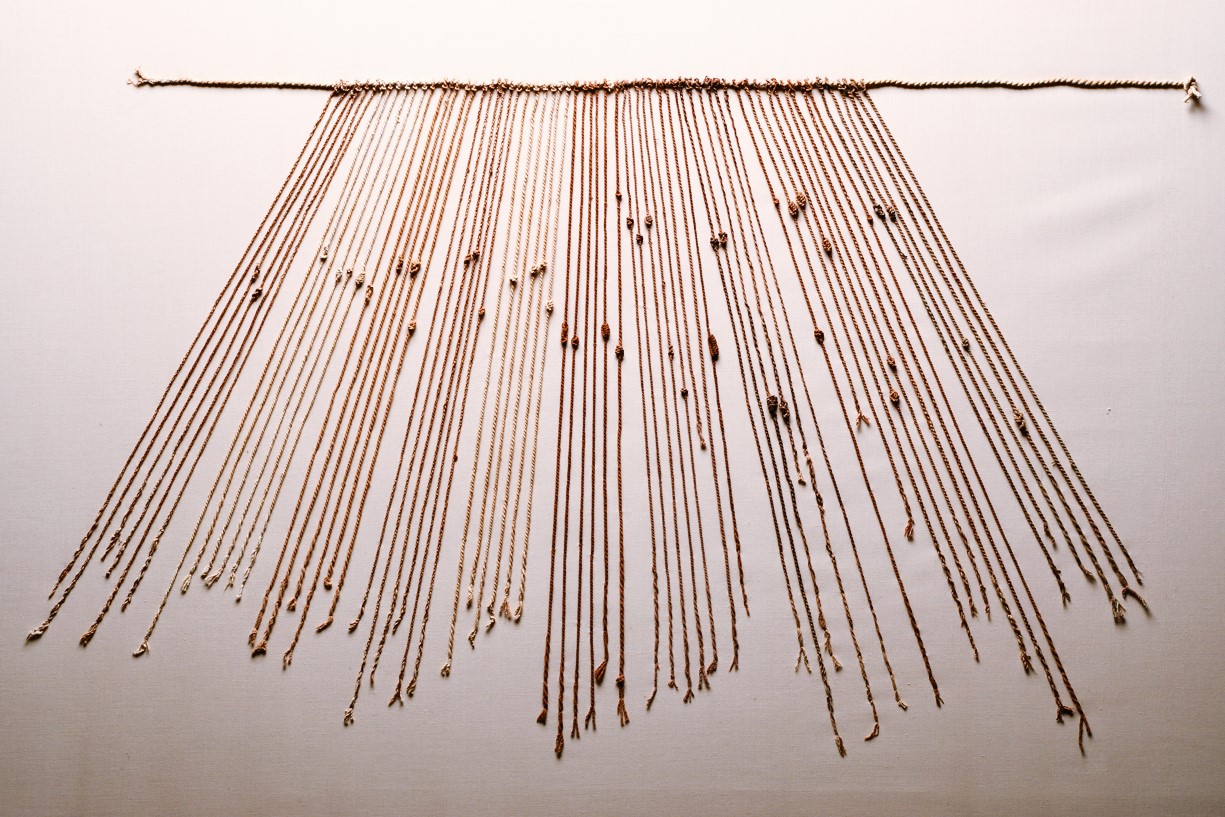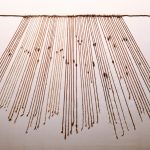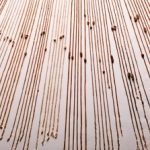Andean Communication Inca Quipu
Intricate Details and Artistic Narrative of this
Inca Quipu
The Inca Quipu, which Andean communities used as a communication system from the 14th to the 16th centuries, holds immense historical significance. Its complexity is evident in the attention to detail given to the cords’ composition, ply, length, end treatment, and color – all of which were integral in conveying subtle meanings.
Crafted predominantly from cotton, this enigmatic artifact features a primary cord with a 32″/81.28 cm length and 65 pendant cords alternating in segmented tan and brown colors, contributing to its visual complexity. Each pendant cord, with varying sizes, serves as a canvas for strategically positioned knots that effectively encode numeric values.
Decoding this ancient system reveals that the Inca Quipu was not just a tool for communication but also a testament to the advanced organizational capabilities of the Inca Empire. Exploring the intricacies of this artifact unveils a rich tapestry of information storage and transmission, shedding light on the socio-economic dynamics of a long-gone era. Embark on a journey of discovery as we unravel the mysteries encoded within the Inca Quipu, unlocking valuable insights into the cultural and intellectual achievements of the ancient Andean civilization.
Today, museums, universities, and private collections hold approximately 600 Quipus. This private American collection, previously a part of the Alex del Canho collection in Israel, contains this particular Quipu. Later, the Howard S. Rose Gallery in NYC acquired it.
Price $12,800 – Domestic Delivery Included
This item may become featured here in the Native American Art Magazine.
Click here to see our next item.
Are you seeking a particular piece? Please feel free to let us know.
Regional Division of Pre-Columbian Americas’ Major Archaeological Cultural Phases




